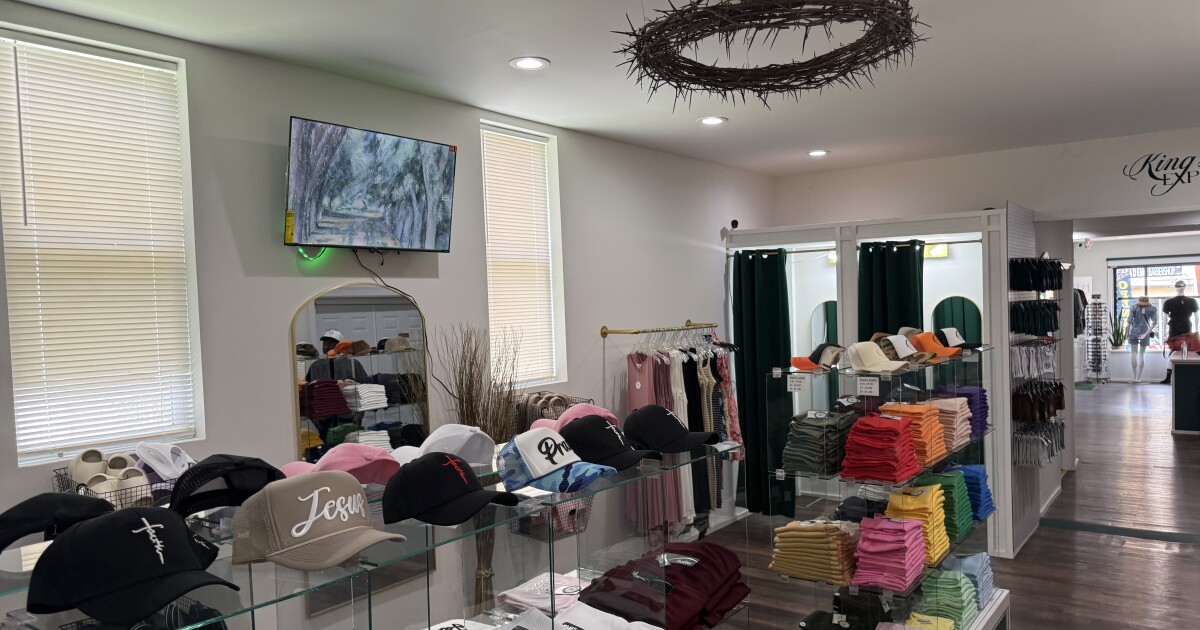High fashion has always been a realm of experimentation, craftsmanship, and reinvention. Throughout history, designers have reinterpreted past styles, creating cycles of nostalgia mixed with modern innovation. However, with the rise of artificial intelligence (AI), the fashion industry stands at a unique crossroads. Can AI introduce a revolutionary shift, or will it simply reinforce the same cycles we’ve seen before?
AI is already transforming many aspects of the fashion world. From trend analysis to computer designs, AI is now a tool of innovation and efficiency. Fashion designers are currently using AI-enabled software to come up with new structures, patterns, and silhouettes of clothes that would be difficult or impossible to come up with the ideas for, given traditional methods. Companies like The Fabricant have taken things to the next level with AI-powered design by making digital-only haute couture dresses that only live in cyberspace. Thus, luxury fashion brands like Balenciaga and Gucci have tested the use of AI-designed campaigns that indicate the potential of AI to transform the style of haute couture.
But the question is, can AI actually design fashion, or is it merely a high-tech gadget that boosts human imagination? Unlike conventional designers, AI does not possess the emotional richness, cultural sensitivity, and storytelling capacity that gives high fashion its depth and complexity. Though it can create beautiful images, it cannot yet take in the social, political, and artistic subtleties that lead to revolutionary fashion.
Most likely, the most promising application of AI in fashion is trend forecasting. AI tools analyze a huge body of data from previous runway shows, social media updates, and consumer patterns to forecast what the next big things will be. This technology helps brands design their collections to suit consumer interest with uncanny precision, lowering risk and wastage.
Aside from trend forecasting, AI is also personalizing fashion. Made-to-measure fashion, through body scans and AI-based suggestions, can be the new norm, rendering mass production redundant and introducing more sustainable methods. Others are using AI to craft luxury, bespoke fashion experiences where customers can alter or co-design clothes based on their preference. This AI-driven shift toward personalization can remake luxury fashion more bespoke and specific to one’s self.
Besides, the live capability of AI to learn from people’s consumption habits makes high fashion highly responsive to changing needs. This flexibility might help keep exclusivity intact despite fulfilling mass market demands. The question remains: will fashion be constantly enhanced with excitement through AI personalization or result in super-personalized products over-saturating the market and lacking originality?
The advent of the metaverse and digital fashion is opening up new fronts for AI in high fashion. With virtual fashion stores being launched by platforms like Decentraland and Roblox, digital couture is the new trend. AI can design hyper-realistic clothing for avatars, and one can experiment beyond the limits of physical material. This new trend poses some interesting questions: Will high fashion become more digital? Would AI-designed clothing dominate the metaverse and displace traditional couture in the “real” world?
Although cyber fashion has enormous promise, there are also limitations. Haute couture has always been an existence of mastery, convention, and scarcity—a reality difficult to substitute with digital clothing. The somatic thrill of an exquisite piece of cloth can never be replicated with pixels. For later generations growing up in fast-tracking worlds going rapidly digital, however, AI-operated virtual fashion could be equally influential as older-style luxury fashion.
And the digital green benefits cannot be ignored. The old-fashioned industry is one of the largest global polluters, producing too much waste in the making and overstocking. AI-generated digital fashion produces no physical waste, so arguably it could be the greener alternative. But longevity is being tested—will digital fashion replace physical clothing, or will it be a novelty for tech-savvy shoppers?
Even as it grows, AI is still far from being able to even hope to compete with the skills of fashion design. Haute couture is more than visual creativity—it is an art that has close ties with culture, emotion, and story. Even many of the greatest moments in fashion’s history, from Alexander McQueen’s melodramatic catwalk shows to Dior’s New Look, were guided by human instinct and imaginative creativity and not computation.
Additionally, AI cannot create totally new trends. Since it uses already existing information in order to come up with new designs, it will rather copy existing styles rather than create entirely new ones. This use of past references can lead to duplication rather than genuine innovation. If AI were to dominate fashion design, would we be stuck in a loop of repeated re-interpretations of trends rather than moving forward?
Another limitation is the ethical issue of AI and job loss. As things are going to be automated by AI, whether human designers, pattern-makers, and even fashion illustrators would be replaced by AI is a debatable question. Fashion has always relied on trained artisans, and losing human imagination to algorithmic design is a serious ethics issue for the future of creative labor.
Rather than replacing designers, AI will be more likely to be an extension of human imagination. Fashion has always followed in step with technology, from the sewing machine to the digital print. AI is just the next tool in the series—one that, when employed sensibly, can enhance the creative process and not diminish it.
The future of AI in haute couture will be a marriage of technology and art. Designers who view AI as a tool to an end and not an end in itself will discover new innovations to push creative boundaries. AI will be capable of creating new materials, streamlining production processes, and customizing fashion on a scale previously unimaginable, but human imagination will define the nature of haute couture.
Additionally, AI use in fashion can offer fresh possibilities and not erasures. As technology improves, there will be new occupations—AI fashion engineers, virtual couture designers, and tech-based material designers could be running the show. It would mean that designers would have to gain new skills, combining traditional craftsmanship with technical expertise.
In the end, high fashion is not about innovation—it’s about culture, storytelling, and human expression. Technology can introduce new possibilities, but there’s no chance a machine will ever compare to the deep emotional value of wearing something created by human hands. The future of fashion may be technology-based, but at its heart, it will always be human.


